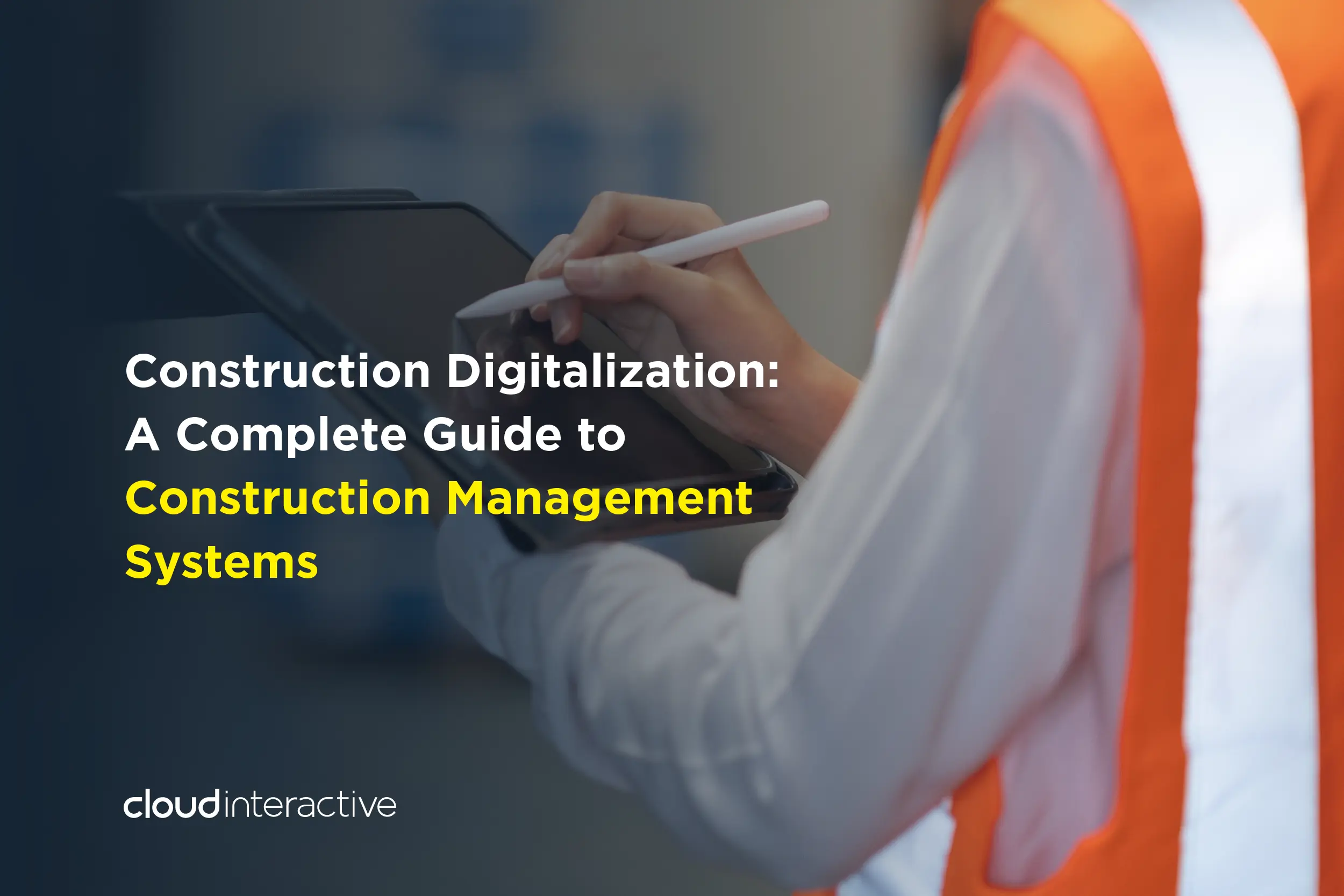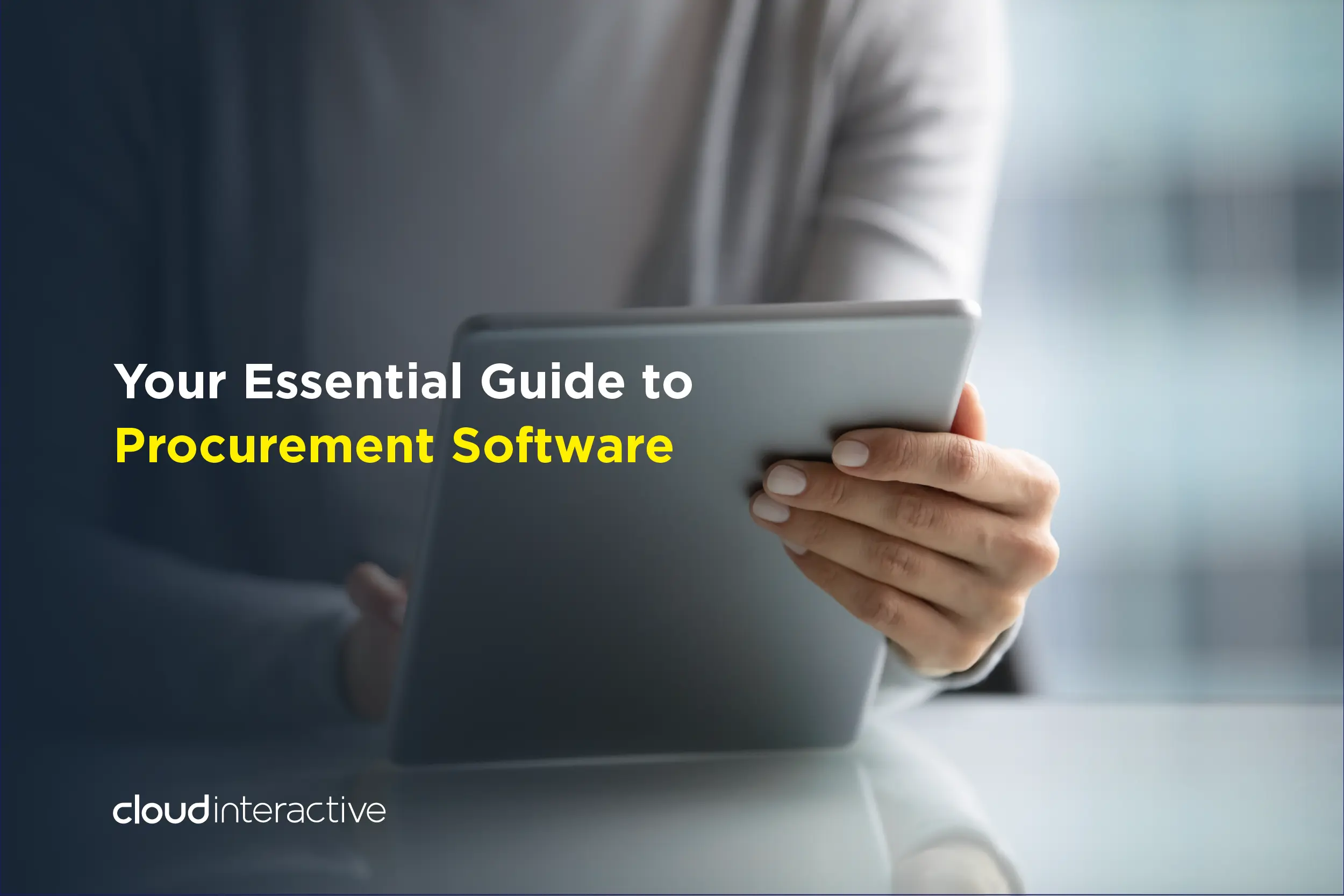
What Is Procurement Software: Swap Chaos for Control in One Click
Have you ever faced a shortage of essential materials because of poor communication with suppliers or found yourself risking hefty fines due to sudden regulatory changes? Inefficient procurement can lead to revenue drops, customer dissatisfaction, and skyrocketing operational costs.
In this article, we’ll explore the common pain points that business owners often overlook, provide a step-by-step SOP for effective purchasing, and spotlight the six major benefits and four core features of procurement management software. We’ll also share real-world success stories to illustrate how a well-optimized procurement system can safeguard your supply chain—and your bottom line.
Top 5 Procurement Challenges Businesses Face
1. Supply Chain Disruptions: A Single Delay Can Bring Everything to a Halt
Supply chain stability is critical for businesses, as any disruption—delays, material shortages, or quality issues—can bring operations to a grinding halt. For instance, a shortage of raw materials could delay production schedules, disrupt order fulfillment, and ultimately frustrate customers, damaging the company’s reputation and revenue.
Supply chain instability is one of the biggest threats to procurement teams today. Without proper risk management, companies are left scrambling for alternatives when things go wrong. The key challenge? Many businesses rely on a limited number of suppliers and lack real-time visibility into potential risks. When disruptions occur, they’re often caught off guard.
2. Compliance is a Headache—And a Risky One at That
Procurement isn’t just about getting the best price—it’s about following the rules. Staying compliant can feel like navigating a maze between internal policies, industry regulations, and government procurement laws.
Here’s the challenge: Procurement teams rely on manual compliance checks, juggling supplier contracts, audit trails, and regulatory requirements across spreadsheets and emails. The result? Time-consuming processes, a high risk of errors, and potential legal trouble if something slips through the cracks.
3. Procurement Costs Keep Spiraling Out of Control
Ever wonder why procurement costs seem to skyrocket despite your best efforts? You’re not alone. Market fluctuations, global crises, and inefficiencies in the procurement process all contribute to rising expenses.
Many businesses struggle with inaccurate demand forecasting and inefficient procurement workflows. When companies don’t properly track purchase requests, they overorder, face last-minute price hikes, or experience budget overruns.
4. Scatter Supplier Data: When Multiple Touchpoints Become Multiple Headaches
Suppliers are at the heart of procurement success, yet many businesses struggle to manage them effectively. Why? Supplier relationships are often handled through scattered emails, phone calls, and spreadsheets—making it nearly impossible to track communication, performance, or contract terms in one place.
Without a structured approach to supplier management, businesses face unclear expectations, high communication costs, and a lack of trust and transparency.
5. Manual Processes Are Slowing You Down
If your procurement team is buried in paperwork, managing approvals via email threads, and manually entering data into spreadsheets, inefficiencies are bound to pile up. These inefficiencies can become a major roadblock for businesses handling large procurement volumes, preventing them from scaling operations and making data-driven decisions.
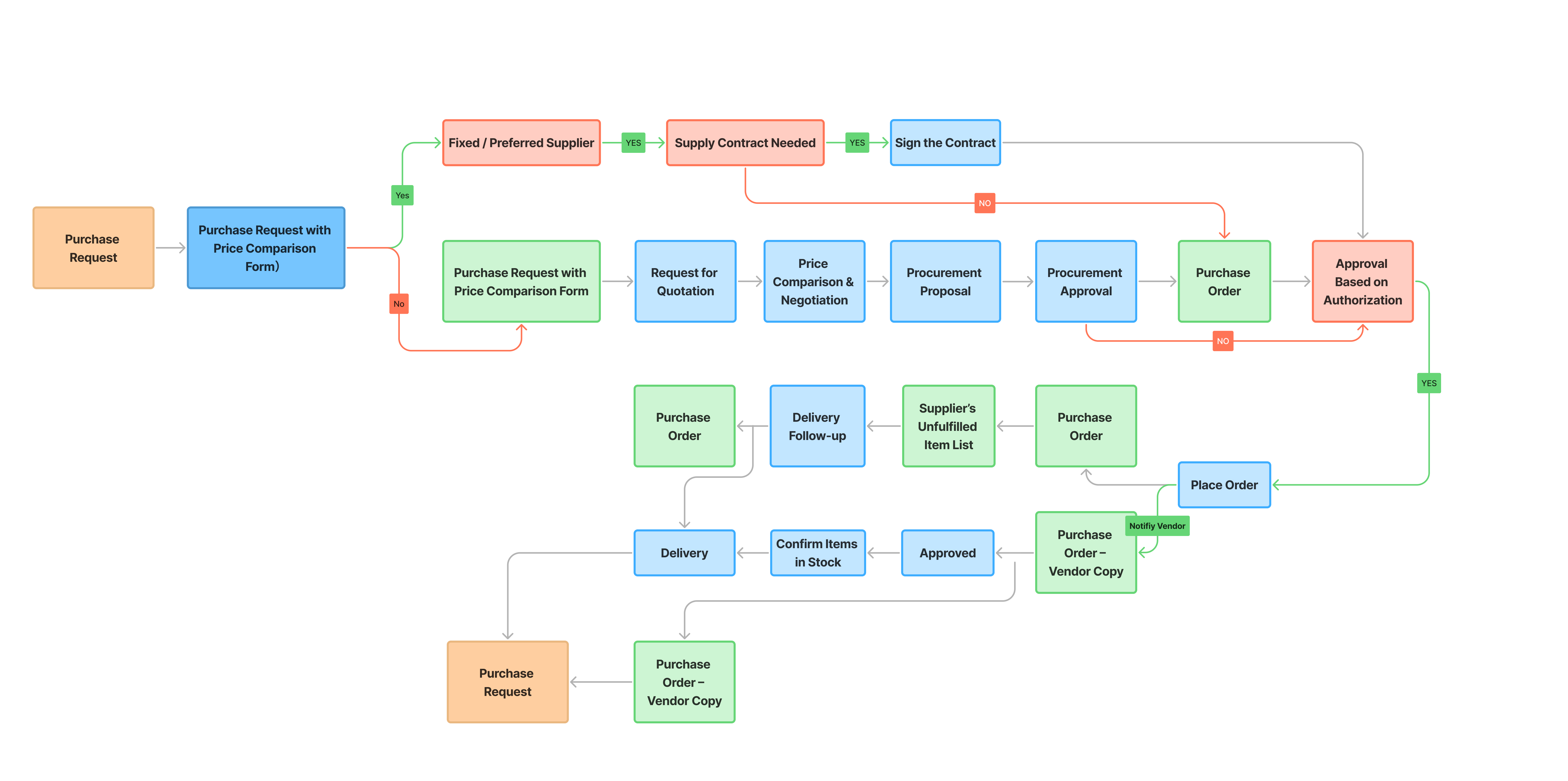
7 Key Stages of the Procurement Process
Overcoming procurement challenges must be broken down into clear, manageable steps. In this section, we will walk through each stage and highlight common pitfalls to avoid.
Step 1: Identifying Procurement Needs
Every procurement process starts with a need. Whether raw materials for production, office equipment for employees, or software licenses for IT, businesses must clearly define what they require before purchasing.
Common scenarios
The production team needs materials to keep manufacturing on schedule.
The administrative department requests new office supplies.
The IT team needs additional software licenses for new hires.
Common pitfalls
Without a centralized system, you may encounter unclear requests, duplicate requests, or unnecessary delays due to unclear priorities.
Step 2: Review and Budget Approval
The next step is to assess the project’s financial feasibility. This step involves creating a detailed cost estimate, justifying the budget based on expected returns, and identifying potential savings.
Common pitfalls
Manual reviews can lack transparency, causing delays and inefficiencies. The process may become slow and prone to errors, especially when multiple stakeholders are involved.
Step 3: Finding Reliable Partners
This step involves conducting market research, vendor evaluation, and due diligence to ensure suppliers meet your needs for competitive pricing, product quality, timely delivery, and reliability. Assessing factors like supplier performance, customer service, and compliance with industry standards is important. By evaluating potential suppliers’ capabilities and verifying their track records, you can establish strong, reliable partnerships that support your business goals.
Common pitfalls
Relying on manual research makes supplier comparisons inefficient. Without structured supplier evaluation criteria, businesses may struggle to select the best provider.
Step 4: Finalizing Contracts Across Departments (H3)
Finalizing contracts requires coordination between procurement, legal, and other teams. The focus at this stage is on how to streamline the contract creation and negotiation process and ensure that key terms are agreed upon quickly.
Common pitfalls
Multiple revisions and back-and-forth communication can slow things down.
Step 5: Issuing Purchase Orders
The next crucial step is creating and sending purchase orders (POs) to the selected suppliers based on the terms and conditions outlined in the approved contracts. This stage bridges the gap between agreement and execution, ensuring clarity and accountability for both the buyer and the supplier.
Common pitfalls
Manual purchase order creation is prone to errors and takes time. Poorly defined contract terms can lead to disputes and unexpected costs.
Step 6: Inspecting Deliverables
For physical goods, procurement teams inspect shipments to ensure they match the purchase order.
For digital services or software, this step focuses on:
✔ Reviewing deliverables against agreed-upon project milestones.
✔ Conducting testing and quality assurance for software projects.
✔ Confirming all contractual obligations before approving payment.
Common pitfalls
A lack of a structured review process can lead to accepting incomplete or subpar deliverables.
Step 7: Payment and Settlement
The final step in procurement involves processing payments and closing the cycle. This step includes verifying supplier invoices, ensuring they match the agreed terms, and initiating payment through the approved methods. Timely payments help maintain good supplier relationships and may lead to better future terms. Accurate record-keeping is essential for financial transparency and smooth auditing.
Common pitfalls
Manual reconciliation can be time-consuming and prone to mistakes, potentially damaging supplier relationships.
Ready to Transform Your Procurement Process?
Share your specific procurement challenges with us, and we’ll craft a tailor-made solution to fit your unique needs. Reach out today to explore how our expertise can streamline your processes, reduce risks, and drive real results for your business.
What is Procurement Software?
So, how can businesses streamline procurement, reduce risks, and gain better control over spending?
Procurement software is a digital solution that automates everything – from requisitions and approvals to final payments. The system makes managing purchases, collaborating with suppliers, and staying compliant much easier. The procurement system can function independently or integrate into a company’s Enterprise Resource Planning (ERP) platform. By centralizing data and automating mundane tasks, procurement management software gives teams more time to focus on strategic initiatives like supplier relationships and cost optimization.
Why Do Businesses Need a Procurement System?
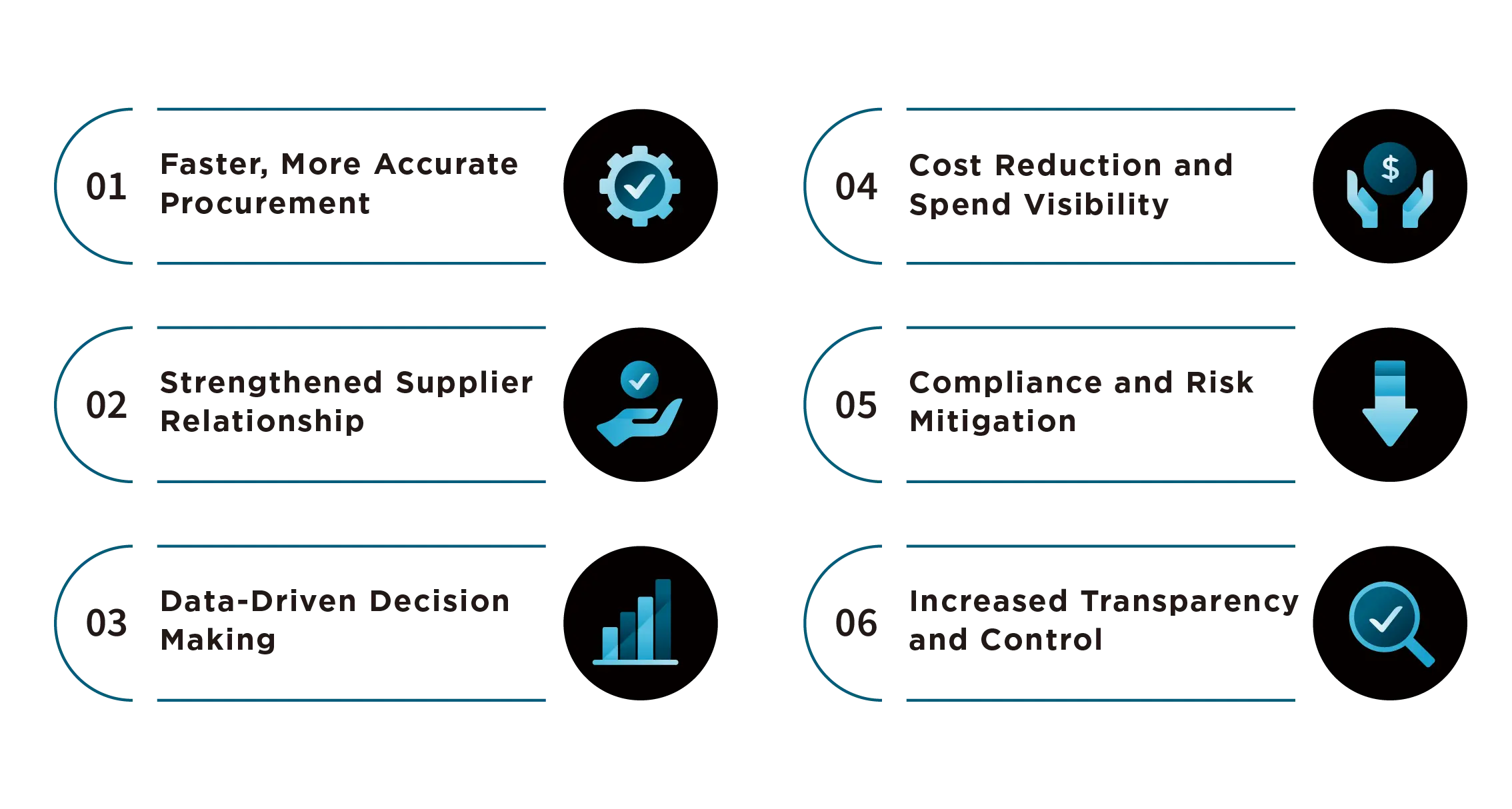
1. Standardization & Automation: Faster, More Accurate Procurement
Automated procurement systems reduce processing time by up to 70% compared to manual methods. The software speeds up the entire procurement process by automating requests, approvals, and purchase order creation. It eliminates bottlenecks, allowing your team to focus on higher-level tasks like strategy and supplier negotiations.
2. Strengthened Supplier Relationship
Procurement software offers a centralized hub for communication, supplier evaluations, performance tracking, and contract management, keeping everyone on the same page. Businesses can maintain stable, reliable partnerships and minimize supply chain risks.
3. Data-Driven Decision Making: Smarter, More Strategic Procurement
Real-time analytics reveal spending patterns, identify cost-saving opportunities, monitor supplier performance, and forecast future needs. Instead of relying on guesswork, companies can make informed decisions that optimize budgets and reduce waste.
4. Cost Reduction and Spend Visibility
A procurement system introduces budget controls and automated tracking, ensuring every purchase is reviewed, approved, and aligned with financial goals.
5. Compliance and Risk Mitigation
A digital procurement system ensures that every transaction follows pre-defined approval workflows, promising compliance with policies, supplier agreements, and industry regulations. Businesses can avoid legal complications, maintain supplier accountability, and protect their reputation.
6. Increased Transparency and Control
With all procurement data in one place, you gain instant visibility into spending patterns, supplier performance, and approval histories—reducing fraud risks and enhancing compliance.
4 Crucial Features Modern Procurement Software Should Have
Today’s procurement software comes packed with smart features that help businesses run more efficiently. Here are the must-have features to look for:
1. Workflow Automation
- Purchase Requisition Automation: Automatically generate purchase requests based on predefined criteria.
- Multi-Level Approval: Set up approval workflows that route requisitions and purchase orders to the right stakeholders.
- Real-Time Status: Track the progress of orders and requests in real-time, giving you visibility at every stage of the procurement cycle.
- Document Management: Procurement management software stores and manages important procurement-related documents such as contracts, invoices, and purchase orders within the system.
- One-Click Conversion from Requisition to Purchase Order: Minimize repetitive tasks by swiftly turning requisition forms into purchase orders.
- Smart Notifications: Stay on top of important tasks with automated reminders, delay alerts, contract expiration notices, and acceptance deadlines.
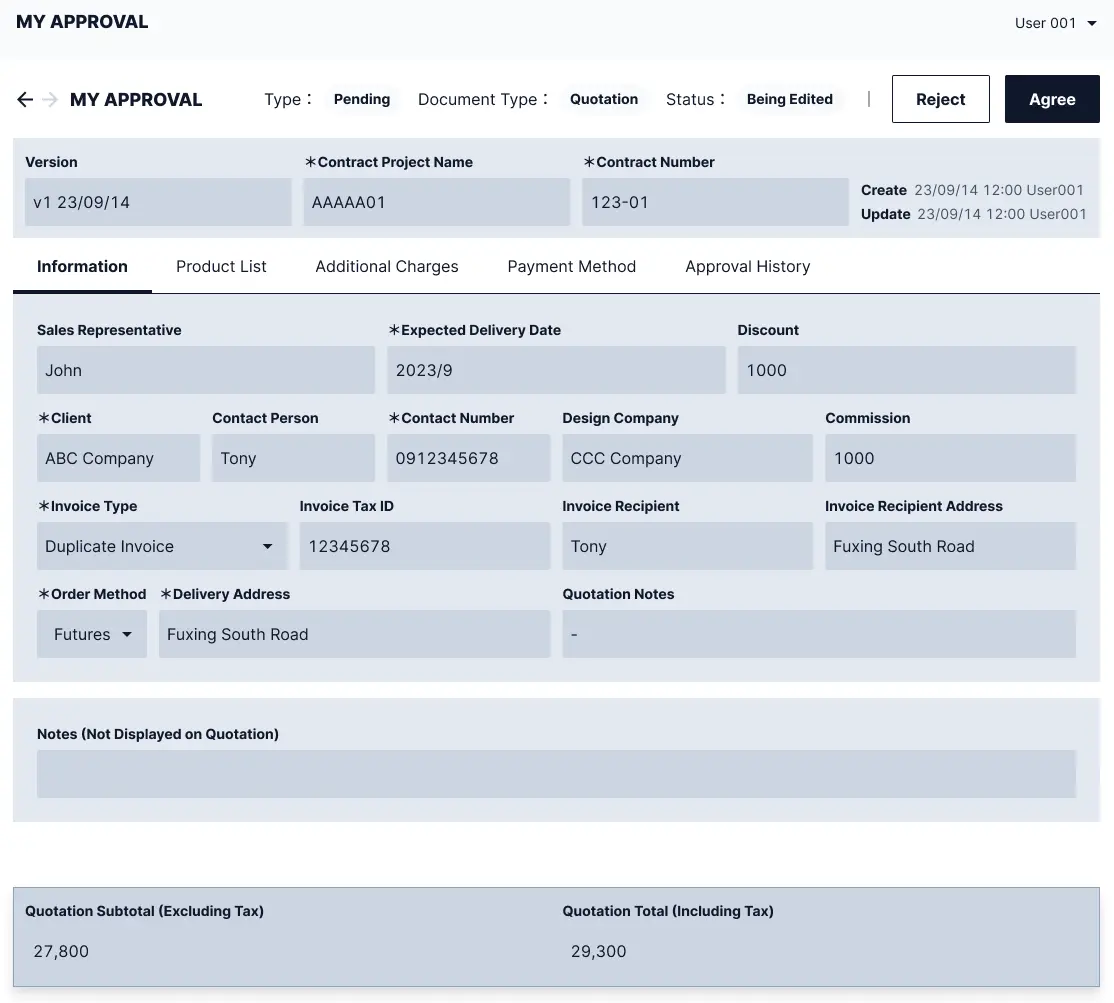
2. Supplier Management
- Vendor Performance Analytics: This feature uses data to evaluate supplier performance based on delivery times, quality, cost, and other factors. It helps identify areas for improvement and optimize supplier relationships.
- Supplier Onboarding and Qualification: Streamline the process of bringing new suppliers on board, including collecting necessary documentation, verifying credentials, and ensuring compliance with your standards.
- Contract Management Tools: Manage supplier contracts from initiation through execution and renewal, ensuring compliance and adherence to contract terms.

3. Analytics and Reporting
- Real-Time Spend Analysis: Track your spending in real time to identify cost-saving opportunities and better manage your budget.
- Budget Tracking Dashboards: Use interactive dashboards to monitor and manage procurement budgets across departments, projects, or business units.
- Custom Report Generation: Generate custom reports focusing on the data and insights most relevant to your business needs.
- Predictive Analytics: AI procurement software leverages predictive analytics to forecast future procurement needs, manage risks, and optimize purchasing strategies.
4. Intelligent Inventory Management
Optimizing inventory management cuts costs by preventing both stockouts and overstocking. An automated procurement system ensures the correct items are available at the right time, minimizes unnecessary expenses, and improves cash flow with more accurate demand forecasting. Ultimately, this creates a flexible, cost-effective supply chain.
- Automated Safety Stock Calculation: Calculate the ideal safety stock levels to reduce the risk of shortages and avoid excess inventory waste.
- Shortage Risk Alerts: Receive early warnings for potential stockouts, enabling timely responses.
- Purchase Quantity Recommendations: Analyze historical data and trends to suggest optimal purchase quantities.
- Budget Control Assistance: Leverage accurate forecasting to keep purchases aligned with budget parameters.
Key Considerations for Choosing the Right Procurement Software
Choosing the right procurement software solution can feel like a daunting task. With so many options out there, it’s essential to consider the key factors to ensure the software works for your specific business needs and growth plans. Here’s what you need to think about before making your decision.● Integration Compatibility
● Scalability
As your business grows, your procurement needs will change. Look for a solution that can scale with you—whether you’re expanding your team, adding new suppliers, or handling more transactions. The software should be flexible enough to adapt to these changes.● Mobile Accessibilit
In today’s fast-paced work environment, people need to handle tasks on the go. Ensure the software is mobile-friendly so you and your team can access essential information anytime, anywhere.● Security and Compliance
Protecting sensitive data is non-negotiable. Choose software with robust security features and ensure industry standards and regulations compliance. Don’t risk your business by neglecting this crucial aspect. Apart from considering the capabilities of the procurement management software, you also need to evaluate other critical factors to ensure it aligns with your business needs:● Budget
It’s crucial to ensure that the software fits within your budget. But remember: cheaper doesn’t always mean better. Ensure that the software delivers the features and support you need for the price.● Ease of Use
Your team will use this software daily, so it must be user-friendly. Check how easy it is for your team to get started and adapt to the new system without extensive training.● Implementation Timeline
Time is money, and implementing new software can take time. Find out how long it will take to get the system up and running so you can plan your operations accordingly.● Training and Support
Great software is only as good as the support you get. Ensure the vendor provides strong customer service and training resources to help your team get the most out of the software.Ready to Explore Procurement Solutions?
For 15 years, we’ve helped clients around the globe transform their procurement processes and solve complex business challenges. Even if you are unsure where to start, our consultants are always happy to help!
Popular Procurement Software Solutions and Use-Cases
Once you understand what to look for, let’s explore some of the most popular digital solutions available and real-world use cases to help you determine which one might be the best fit for your business. Here’s a breakdown of some options:● Enterprise-Level Solutions
A Real-World Case: Rittal Automates Procurement and Unifies Global Supplier Data for Competitive Advantage
German system supplier Rittal implemented procurement management software that automated RFQs and purchase orders. The system consolidated supplier data from 64 subsidiaries, improved supplier evaluations, and enabled better procurement terms and risk management. This integration simplified workflows, enhanced supplier collaboration, and gave Rittal a competitive edge in the global market.● Mid-Market Solutions
Mid-market procurement software solutions offer core procurement features, essential supplier management, and standard reporting. They’re perfect for businesses that need solid functionality without the complexity of enterprise-level systems. Best for: Growing businesses with expanding procurement needs/ Organizations looking for a balance of features and costA Real-World Case: The University of New Mexico Uses e-Procurement to Streamline Contract Management
Replacing an outdated in-house system, UNM adopted eProcurement to centralize workflows, improve compliance, and enable paperless operations. The tools streamlined contract management and enhanced collaboration across departments. With a user-friendly interface and seamless remote work capabilities, UNM achieved faster cycle times, increased efficiency, and strengthened visibility for its finance and procurement teams.● Small Business Solutions
If you’re running a small business, you need something simple, affordable, and easy to use. Procurement software solutions for small companies typically focus on essential purchasing tools, supplier management, and basic reporting. Best for: Small businesses with straightforward procurement needs/ Companies looking for an easy-to-use system that’s budget-friendly3 Steps to Successfully Implementing Automated Procurement Software
After determining what scenario might suit your business, the next crucial step is understanding how to implement it successfully within your organization to maximize its impact. Here’s a guide to help you do it right.Step 1: Pre-Implementation Planning
Before starting, set clear goals and success metrics. Create a timeline and assign responsibilities to team members. This step will ensure everyone is on the same page from the start.Step 2: System Configuration
Align the software with your current procurement processes. Set up approval workflows, create user roles, and customize templates to meet your needs.Step 3: Data Migration
Migrating your existing data to the new procurement system is a crucial step. Clean and verify the data, plan how it will map to the new system, and move data in phases to ensure a smooth transfer.Future Trends in Procurement Software
You’re equipped with everything you need to know about procurement, but the real edge lies in staying ahead of the curve. Here are the trends set to shape its future.● AI and Machine Learning in Procurement Software
AI is revolutionizing procurement by making the process smarter and more efficient. Today’s AI-powered systems can predict what you’ll need to purchase, automatically assess supplier risks, and manage contracts more effectively. Machine learning is especially powerful in categorizing spending and helping procurement teams make better, data-driven decisions.● Integration with Other Business Systems
The future of procurement software lies in how well it integrates with other business systems. Cross-platform integration is becoming more common, allowing procurement management software to sync with your ERP, financial, and supply chain management tools.● Custom Procurement Software: Built for Flexibility, Scalability, and Security
Final words
By Cloud Interactive
Meet the masterminds behind the curtain at Cloud Interactive. We're not just software developers - we're also a content crew fuelled by caffeine and a thirst for knowledge. We translate tech jargon into plain English, dissect industry trends, and craft helpful tips that are informative and engaging. So, buckle up and join us on a journey through the ever-evolving and exciting world of technology!


